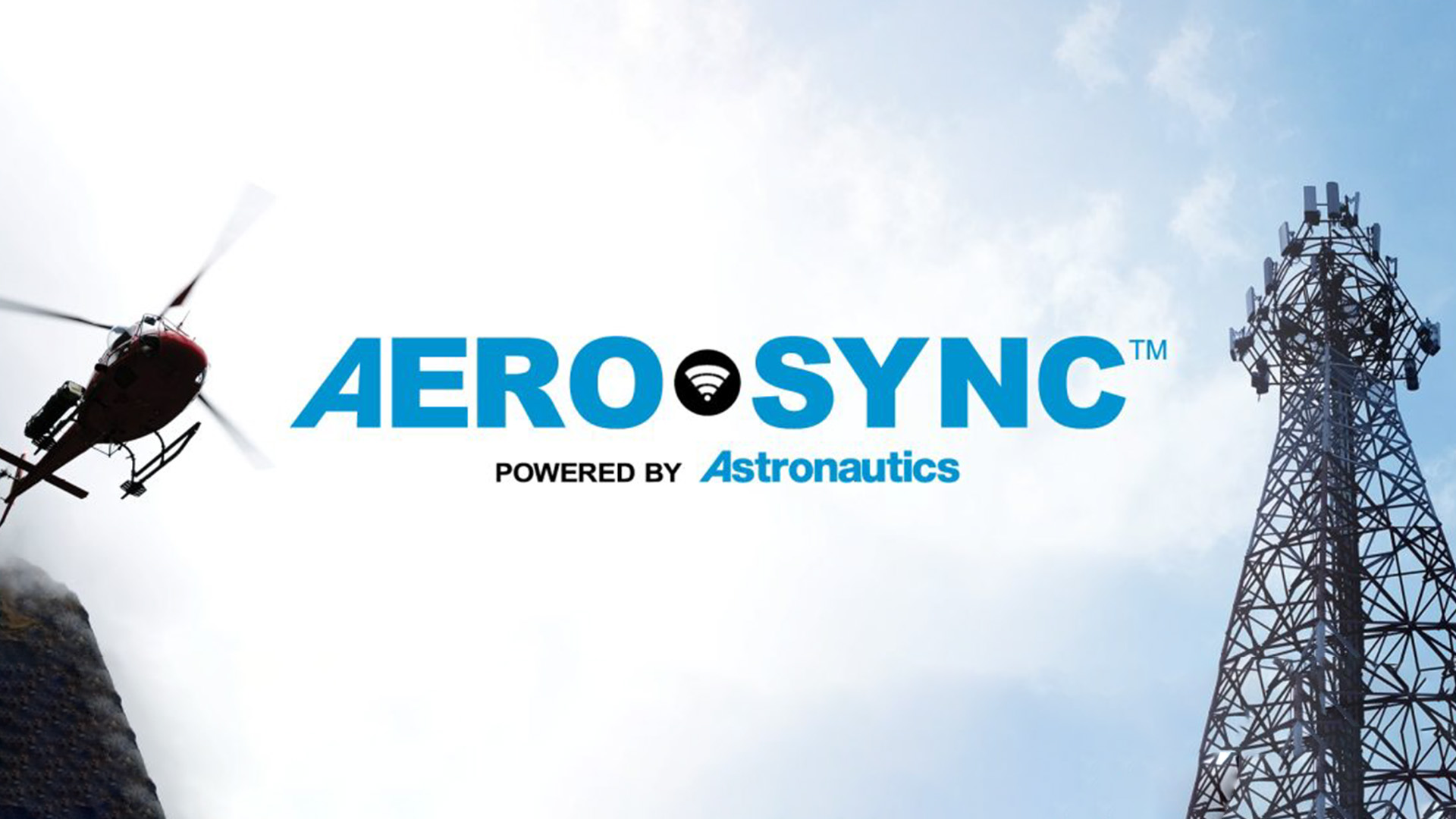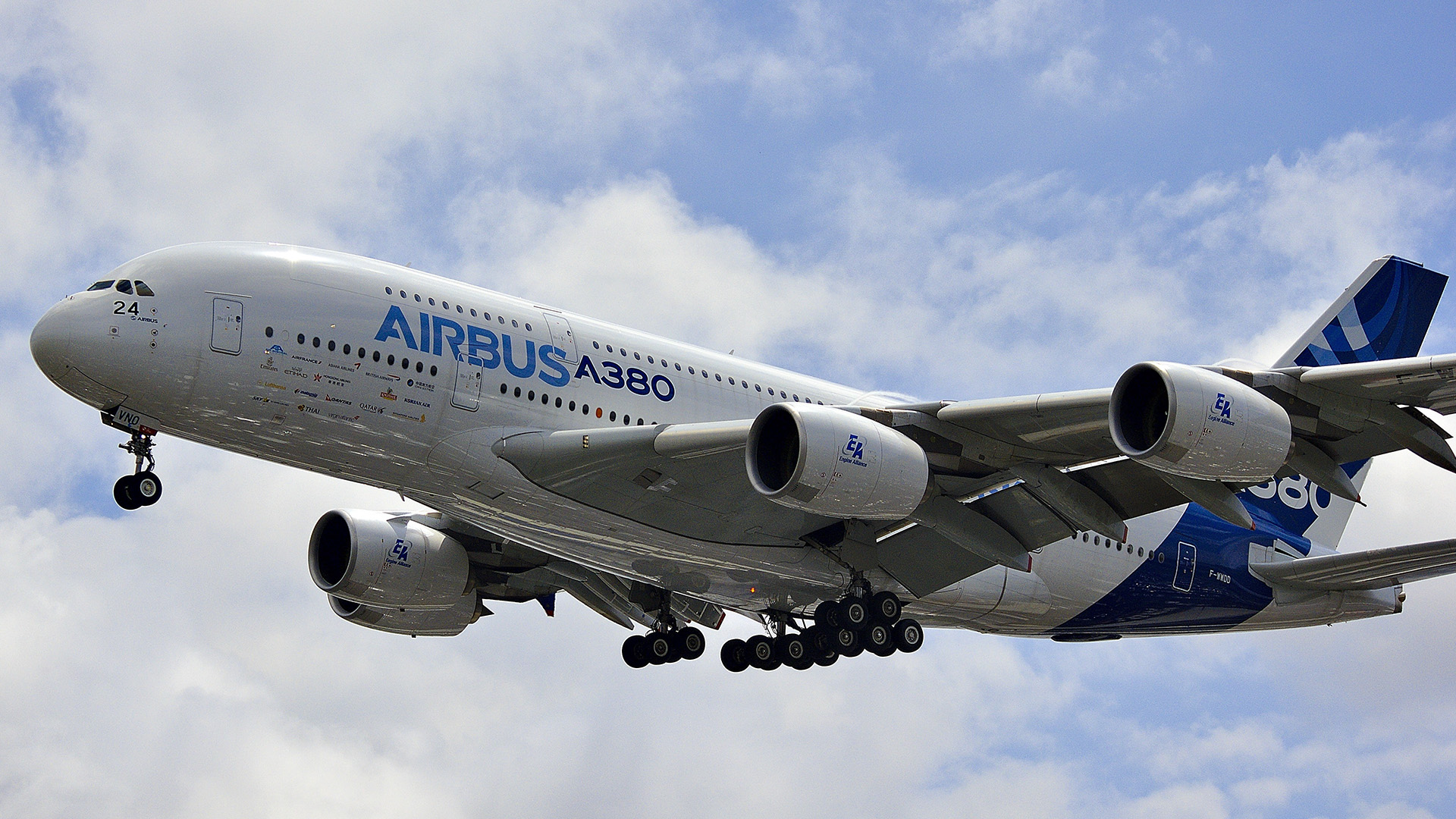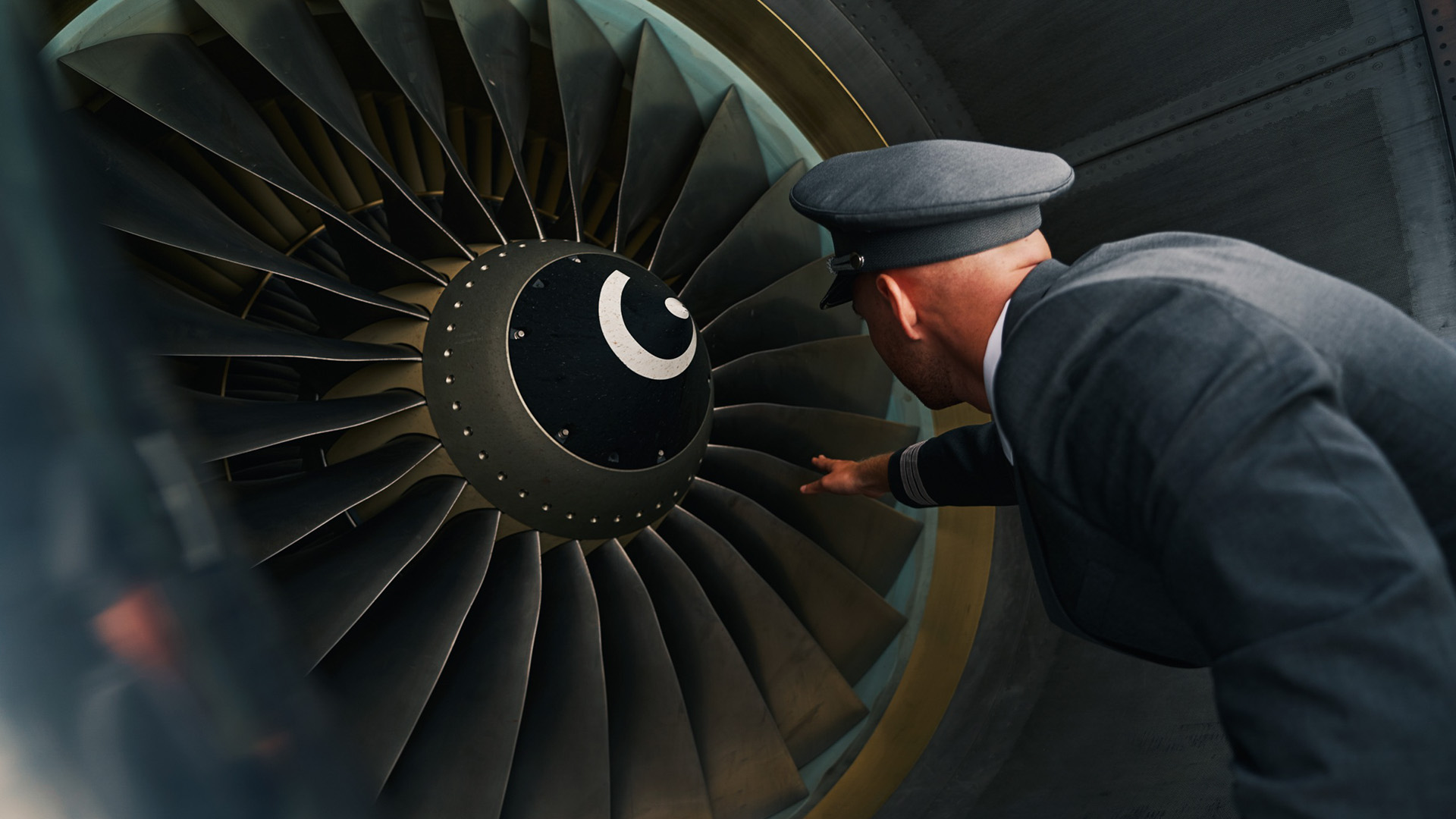From safety to new systems, infrastructures, tools, engines, and more, 2022 was an incredible year for aviation growth.
Indeed, 2022 was an excellent year for aviation advancements and general aviation technology, with some of the biggest winners in the industry being businesses. Likewise, we saw numerous companies fighting for sustainability, working with AI, and optimizing airports to be smarter using bioptics and greener products, methods, and systems.

Avionic Tech
Over 30 new products and methods were introduced in the industry, significantly benefiting general aviation operators; among the most popular were new aircraft systems, flight operation analysis, and optimized connectivity in planes. For example, the Astronautics AeroSync is one of the most groundbreaking tools in general aviation. Launched in 2022, this new Wireless Airborne Communication System provides data and health monitoring for operators and in-flight cabin connectivity for passengers alike.
Avionica’s miniAID new aircraft interface device is also making great waves! According to the Vice President of Products and Services, Scott Ridge, the interface “Allows two-way connectivity from your connected aircraft to your Electronic Flight Bag (EFB), with the wireless built in and the cellular built in, this connects your EFB to the aircraft operational data. A very specific application that is often used is an aircraft moving map.”
New Certification
This year, new advances in air mobility also had a tremendous impact on the aviation industry’s eVTOL developers and the companies behind the planes. With new rules and regulations established by the FAA, the certification pathway for an eVTOL aircraft changed, now placing them under Section 21.17, previously created for a special class of power-lifted aircraft such as sailplanes and drones. Under this section, pilots will have to change certifications and undergo additional training.
Sustainability
Hydrogen has been all the rave lately. With many companies such as Rolls Royce conducting tests with electric and hydrogen aircraft flying, we are now closer to creating more sustainable engines and fuel that will lower costs and help bring a more green approach to aviation. Read about aviation sustainability advancements in our blog: A sustainable approach to engine building and aeronautics.
AI and machine learning
Perhaps one of the most fun changes in aviation being applied worldwide is Artificial Intelligence. AI and other such technology are helping the overall security, check-in routines/procedures, retail, parking, and more. On the manufacturing side, these new technologies can help find engine issues/failures timely, and error-free while also helping with durability, creating better pieces, and reducing both time and costs. At the same time, machine-automated solutions can make designing and maintaining planes even better.
Smart airports and self-service
Smart airports or semi-smart ones are here! The pandemic pushed us to adopt new solutions to help keep passengers, pilots, and our crews safe. For example, if you are traveling through SJU, you might see self-service kiosks with facial recognition and biometrics, such as CLEAR.
CLEAR’s innovative identity technology powers faster, easier, and more secure identification process experiences at hotels, stadiums, and offices, amongst others. With CLEAR, you only have to identify yourself with a boarding pass and fingerprint/iris identification. The TSA PreCheck also offers a faster and more convenient security check by omitting the steps of removing your shoes, coats, laptops, and whatever else you have on you. Check out the CLEAR blog over at SJU for more information.
While all these changes were absolutely groundbreaking, the aviation industry is always moving faster than light producing new tools/technologies. It is safe to say that since 2020 (known as the worst year for the industry) to now, several of the issues that plagued the industry, the impact of the pandemic, and user/passenger demands have significantly been resolved.
From sustainable fuels, engines, and more, reducing the environmental footprint is now more attainable than ever in aviation.
Today, numerous aerospace and aviation companies are adopting greener technologies with new systems utilizing hydrogen fuel and more innovative practices overall. For example, electrified aircraft propulsion systems are proving to be incredibly beneficial despite the challenges and applied technologies necessary to make them work. Likewise, more sustainable techniques are starting to be implemented to successfully develop aviation electrification, minimize fuel burning, and in turn, lower emissions and costs for the industry.

According to A Review of Concepts, Benefits, and Challenges for Future, Electrical Propulsion-Based Aircraft, the aerospace industry consumes well over 276 million tons of jet fuel and produces around 2.7% of CO2 emissions yearly while flying. Additionally, the demand for fuel is estimated to grow by approximately 4.8% annually; by the year 2050, it is predicted that we will see a 60% plus increase in air travel miles with a 38% increase in energy usage and over 209 million metric tons of CO2 emissions. Though the subsequent environmental damage associated with these numbers is incredibly concerning, the restructuring of efficient technology, the use of new propulsion techs, decarbonization, and other green technologies, are bringing increasing promise to a more sustainable world.

Engine maintenance
Unsurprisingly, jet engine producers and maintenance crews always look for ways to reduce costs and repairs. Engines are a significant part of the airplane, and having to maintain and/or repair one can result in pricey outcomes. In turn, many engine maintenance companies are adopting new methods to strengthen engines and increase their life cycles while also helping decrease ecological and environmental impacts. For example, new technologies and product developments such as the NASA and Pratt & Whitney Hybrid Thermally Efficient Core are improving engine combustors with cleaner energy.
“In order to meet the Aviation Climate Action Plan’s carbon emissions goals, future single-aisle aircraft engines will have to be able to burn sustainable aviation fuels,” said Tony Nerone, HyTEC project manager at NASA’s Glenn Research Center in Cleveland. “HyTEC’s role is to develop these small core engine combustors that are more efficient, more durable, and able to use sustainable aviation fuel without compromising the engine performance and while providing significant emissions benefits.”
Engine building
Companies such as Rolls Royce are leading a new way of creating Civil Aerospace engines, pledging to have fully compatible engine types in 2023. To keep up with environmental standards, their engines help planes fly on blended Sustainable Aviation Fuel (SAF) and are over 98% recyclable.
Additionally, the use of 3D printing and Additive Layer Manufacturing is allowing certain airplane engine parts to be created with less waste while also cutting down production times. An example is the Pearl 10X engine. On the other hand, the modified A380 from Airbus will be tested using a hydrogen-powered engine that can potentially bring lower-emission fuels to air travel. This plane is one of the largest passenger planes, with enough room for liquid hydrogen tanks and more.

Hybrid electric and water-enhanced turbofans
A current European Union-funded project has big aero engine companies such as MTU Aero Engines, Pratt & Whitney, Collins Aerospace, GKN Aerospace, and Airbus working together. The companies aim to create two leading engine techs: hybrid electric and water-powered turbofans. This technology will help engines be more efficient, have electric taxiing, takeoff boost, and much more.
According to Simple Flying: “The second part of this puzzle is the water-enhanced turbofan or WET for short. Based on a gas turbine and under development by MTU Aero Engines, the WET uses residual heat from exhaust gasses to vaporize water in the engine. The vapor is injected into the combustor, which MTU says has the power to significantly drive down nitrogen oxide emissions. Alongside this, fuel consumption, CO2 emissions, and contrail formation are all reduced.”
Sustainable fuel
Likewise, Boeing is working to make fuel more sustainable and affordable with a hydrogen-powered plane. Through successful test flights, Boeing has already proven that choosing more sustainable fuels over petroleum jelly can work and transform the current climate change situation. Today, sustainable aviation fuels are mixed directly with conventional jet fuel up to a 50/50 blend — the maximum allowed under current fuel specifications. To meet the aviation industry’s commitment to reducing carbon emissions by 50% from 2005 levels by 2050, airplanes need the capability to fly on 100% sustainable aviation fuels well before then.
In conclusion, new and more sustainable technology and alternative materials are constantly and successfully being used to address current environmental challenges and socio-economic issues associated with the aviation industry. These new developments are not only benefitting aerospace businesses but the world as a whole.